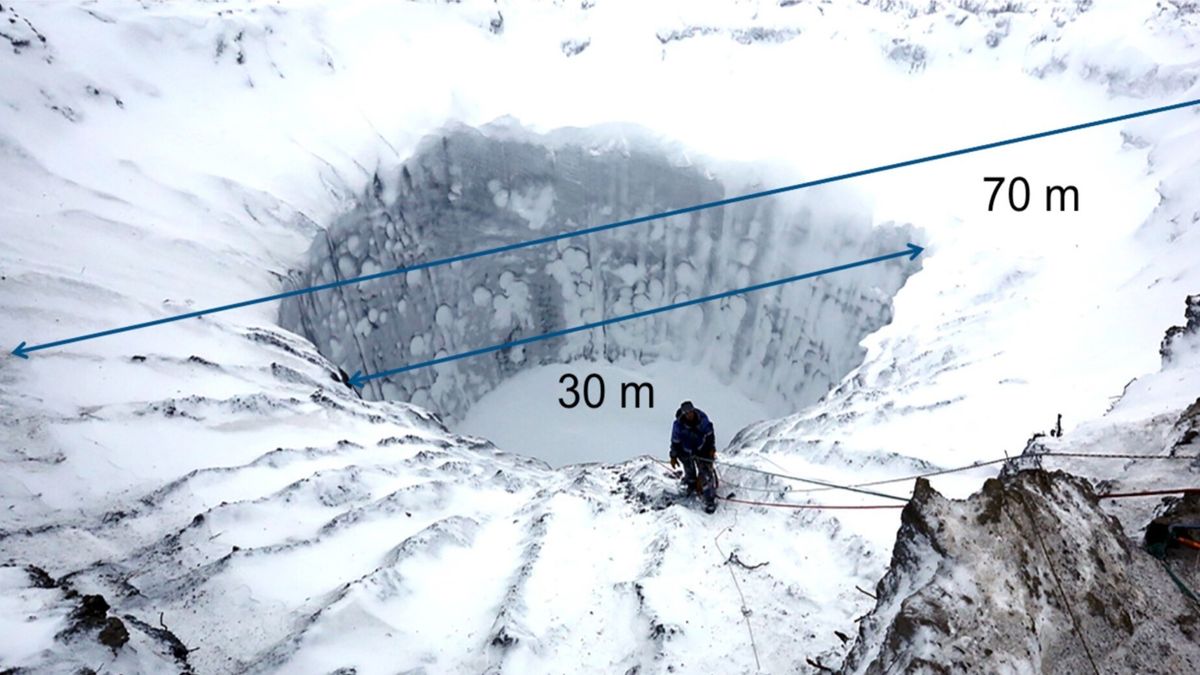Exploding Craters in Siberia: The Impact of Thawing Permafrost and Methane Releases
We're one step closer to finding out why Siberia is riddled with exploding craters 🔗

Recent research sheds light on the cause of the mysterious exploding craters in Siberia's permafrost. A physical model indicates that meltwater from thawing permafrost on the Yamal Peninsula may trigger methane explosions beneath the surface. These craters, which can reach depths of 160 feet and widths of 230 feet, form when pressurized water causes cracks in the permafrost, leading to explosive methane gas releases. The study identifies salty water pockets, or cryopegs, that contribute to the pressure build-up, ultimately causing these rare and impactful explosions that could influence global warming through increased methane emissions.
What causes the explosions that create craters in Siberia?
The explosions are caused by pressurized water creating cracks in the permafrost, which leads to the explosive release of methane gas from beneath the surface.
Why are the craters only found in Siberia?
The unique geological conditions, including the presence of cryopegs—salty water pockets that remain liquid despite freezing temperatures—are specific to northern Russia, allowing these phenomena to occur there.
How could these explosions affect global warming?
The explosions release significant amounts of methane, a potent greenhouse gas, which could contribute to a climate feedback loop and exacerbate global warming.